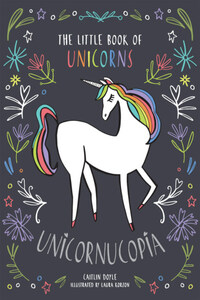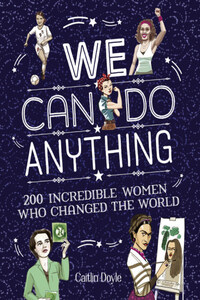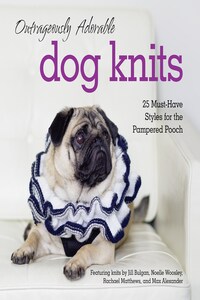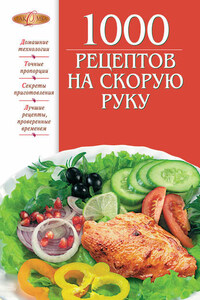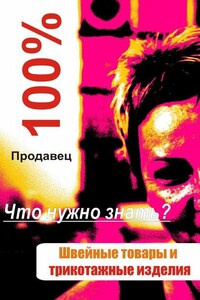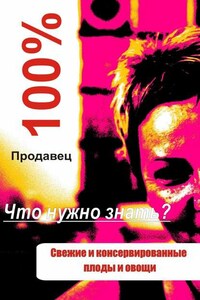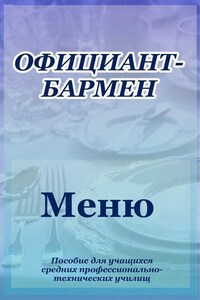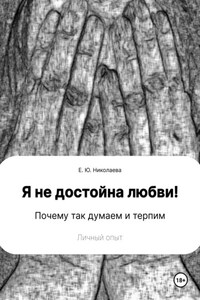Copyright
HarperCollinsPublishers
1 London Bridge Street
London SE1 9GF
www.harpercollins.co.uk
First published by HarperCollinsPublishers in 2018
Copyright © HarperCollinsPublishers
Caitlin Doyle asserts her moral rights as author of the text, except for ‘Unicorn Spells & Charms’, for which Adele Nozedar asserts her moral rights as the author of the text.
Cover and interior illustrations by Laura Korzon
Cover and interior design by Jacqui Caulton
Border on p. 6 and banner on p.16 and throughout © Shutterstock
A catalogue record of this book is available from the British Library
All rights reserved under International and Pan-American Copyright Conventions. By payment of the required fees, you have been granted the nonexclusive, non-transferable right to access and read the text of this e-book on screen. No part of this text may be reproduced, transmitted, downloaded, decompiled, reverse engineered, or stored in or introduced into any information storage retrieval system, in any form or by any means, whether electronic or mechanical, now known or hereinafter invented, without the express written permission of HarperCollins e-books.
Find out about HarperCollins and the environment at www.harpercollins.co.uk/green
Source ISBN 978-0-00-829259-1
Ebook Edition © March 2018 ISBN: 9780008293123
Version: 2018-02-28
Dedication
Dedicated to all those
unicorns at heart –
specifically Aimee, Elliott,
Saoirse, Annie K., Isla, Alex H.,
Katie H. 1 & Katie H. 2,
Millie, Lucy V., and Oli M.
Always be yourself,
UNLESS YOU CAN BE A
unicorn.
Then always be a
unicorn!
Introduction
From Confucius and Marco Polo to My Little Pony and Internet memes, humans have been enchanted by unicorns throughout history and across cultures. Just consider the hashtag #unicorn, with 7 million posts and counting! Today we believe unicorns are mythical creatures that never truly existed – but try telling that to Lancelot the Unicorn, who made his debut at New York’s Madison Square Garden in 1984, or to the brave unicorns who gave up their horns for the Throne Chair of Denmark in 1662, or to the unicorns left behind playing in the rain as Noah boarded his ark, or to the ‘sea unicorns’, aka narwhals, or to Bambi the unicorn-deer, born in Florence, Italy, as recently as 2008 …
You see? For however hard we try to disprove their existence, the unicorns of legend stand even stronger, several thousand years old, drawing us back into their magic once more. In our quest to discover more about the unicorn, we have learned about the world around us, from the world view of ancient Japanese cultures to the mating rituals of the narwhal, and from prehistoric animal skeletons to Shakespearean allegory. So whether or not unicorns have existed, do exist, or might one day exist, the myth is more powerful than the reality. With its legendary gentle, noble nature, the unicorn has taught us to love, to believe, and to seek magic in the everyday. And with a little unicorn magic, sunshine can find its way through the clouds, kindness trumps cruelty, and we all finally have an excuse to eat rainbow cake.
ONE OF THE EARLIEST DESCRIPTIONS
of a unicorn
COMES FROM A BOOK WRITTEN CIRCA 400 BCE CALLED
Indica.
THE BOOK’S AUTHOR, THE ANCIENT
Greek historian and doctor
CTESIAS, WORKED AT THE PERSIAN COURT, WHERE HE HEARD
travellers’ tales of the fabulous beast.
CTESIAS IS ALSO CREDITED AS THE FIRST PERSON TO ATTRIBUTE
magic
to a unicorn’s horn
(GROUND INTO A POWDER, THE HORN WAS THOUGHT TO BE MAGIC).

CTESIAS’ UNICORN WAS DESCRIBED AS A
white horse
with a purple head and blue eyes.
THE CREATURE’S HORN WAS WHITE AT THE BASE, BLACK IN THE MIDDLE, AND RED AT THE TIP.
‘No creature, neither horse or any other, could overtake it.’
IT IS NOW BELIEVED THAT CTESIAS
was actually describing
A MISHMASH OF ANIMALS, INCLUDING
an Indian rhinoceros!
IN THE ANCIENT GREEK BESTIARY KNOWN AS THE PHYSIOLOGUS,
the unicorn
WAS INCLUDED ALONGSIDE OTHER REAL AND MYTHICAL ANIMALS AND DESCRIBED AS
strong and fierce.
MANY MEDIEVAL PAINTINGS EXIST OF THE
mythical hunt of the unicorn,
FROM CULTURES AS WIDE-RANGING
as Europe, China, and the Middle East.
DURING THE MIDDLE AGES,
chivalry
– A CODE OF RULES FOR GOOD MANNERS, POLITE BEHAVIOUR, AND BRAVERY – WAS VERY IMPORTANT IN EUROPEAN SOCIETY. UNICORNS BECAME THE
ultimate symbol
of chivalry for their power, purity, and grace.
‘Unicorn horns’
WERE OFTEN EXTRAVAGANT GIFTS
for kings, queens, and churches,
COSTING THE EQUIVALENT OF THOUSANDS OF DOLLARS OR POUNDS.
CUPS SUPPOSEDLY MADE OF
unicorn horn were highly prized
DURING THE MIDDLE AGES. THESE DRINKING VESSELS WERE BELIEVED TO CURE ILLNESSES AND TO PROTECT THE OWNERS FROM POISONED DRINKS. IN REALITY, THEY WERE PROBABLY MADE OF
